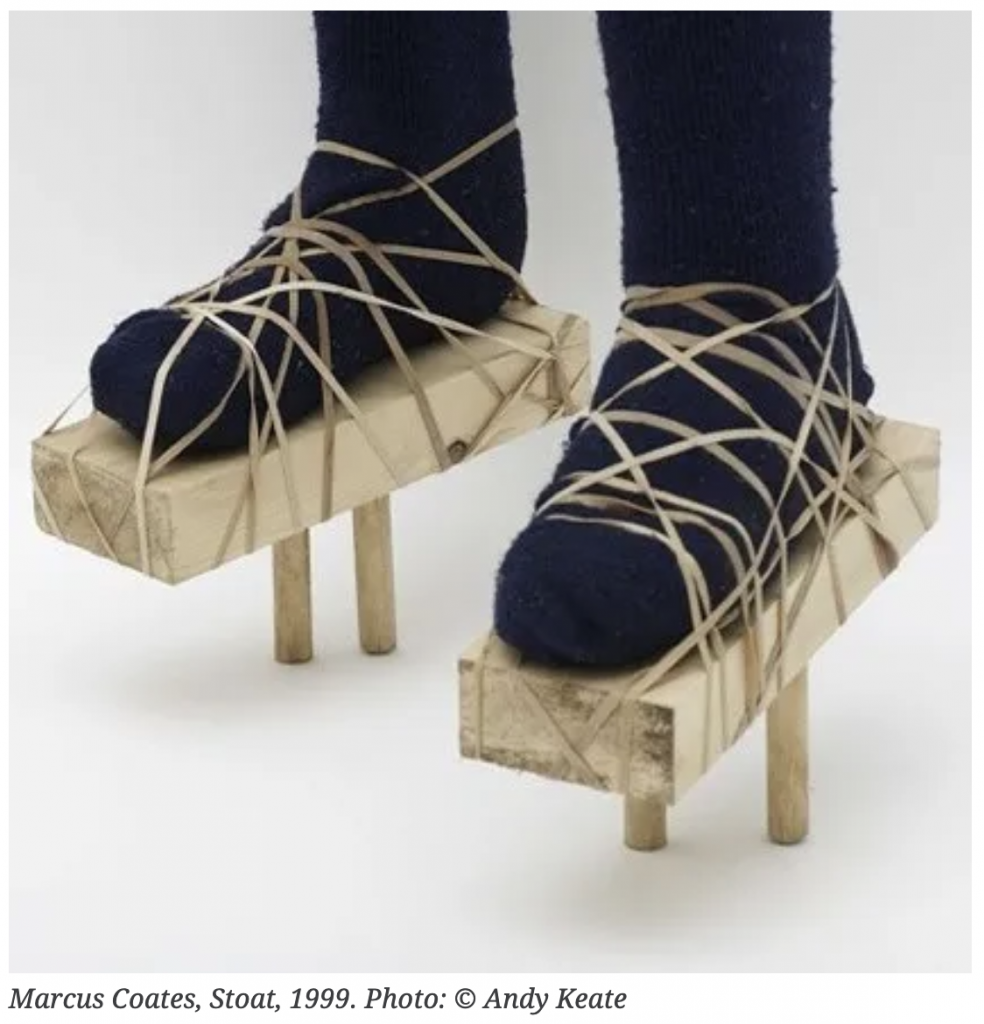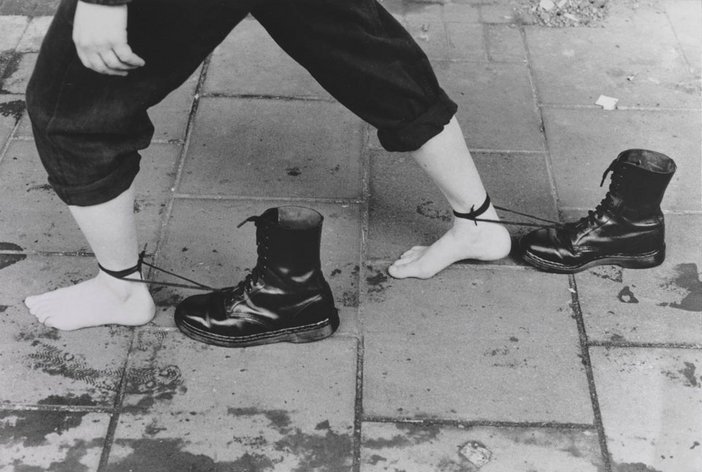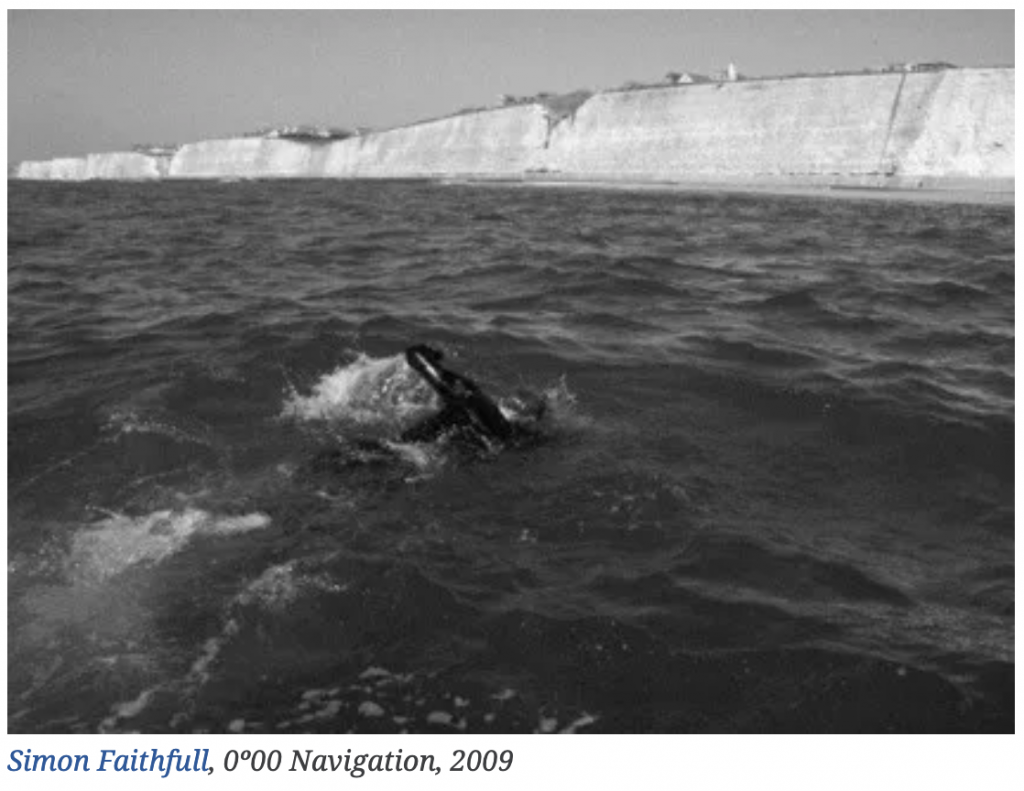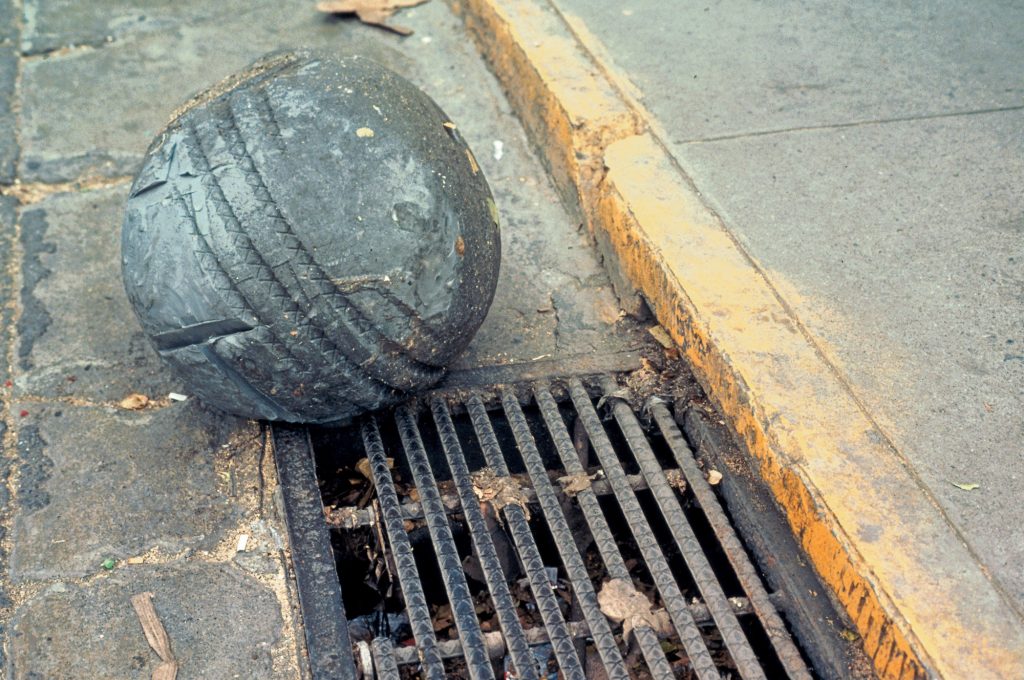As part of THESTATEOFMIND for the Lebanese Pavilion at the Venice Biennale of Art 2011. WalkSpace: Beirut-Venice invites the participant on a drift through Venice guided from Beirut and in Beirut guided from Venice.
The work involves two simultaneous dérives (drifts) through the historic cities of Beirut and Venice, connected in real time to each other and to the world. Two interconnected groups of participants will walk in each city, each receiving instruction and guidance from the other as they wander, get lost and explore the psychogeographical ambience of the city.
The progress of each group will be broadcast as a live video stream via Bambuser, tracked in realtime on a map with Google latitude and tweeted with followers having the option of giving instructions via twitter.
The object is not to create a finite discrete work but to create a peripatetic relational space which can evolve and respond to the situation, the desires of its participants and serendipity, with the work being created through the actions of its participants. The space is furthermore overlaid with a hybrid, networked space connecting both cities and augmenting each space with the absent presence of the other.
Working from a changing set of basic instructions such as ‘describe what you see’, ‘follow that person’, ‘take the next left and then the first right’ or the more loaded ‘take me to the heart of the city’ the two groups will walk in tandem each guiding the other, walking in Beirut as if in Venice and Venice as if in Beirut.
The project draws on early dérives carried out by the Situationists in Amsterdam and Strasbourg which connected groups in different parts of the cities with walkie talkies and Ralph Rumney’s 1957 Psychogeographical Map of Venice.
Participate
We invite the audience to follow us in real time using Bambuser for video, Google latitude for locations and with geotagged tweets. We invited those not in Venice or Beirut to follow us virtually with the following services.
Latitude: We will be broadcasting out location in real time during the event using Google Latitude. To track the event first sign up for Latitude and send a request to share location to allegora.venice[AT]gmail.com, or alternatively email allegora.venice[AT]gmail.com and we will share our location with you. You do not need to share your location to follow us.
Bambuser: To view our live video feed simply visit bambuser.com/channel/stateofmind




